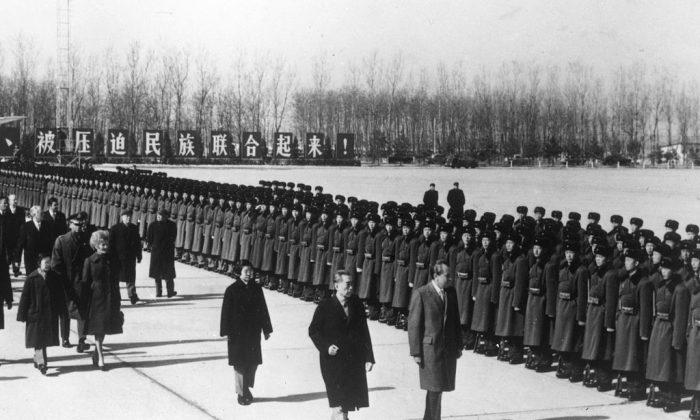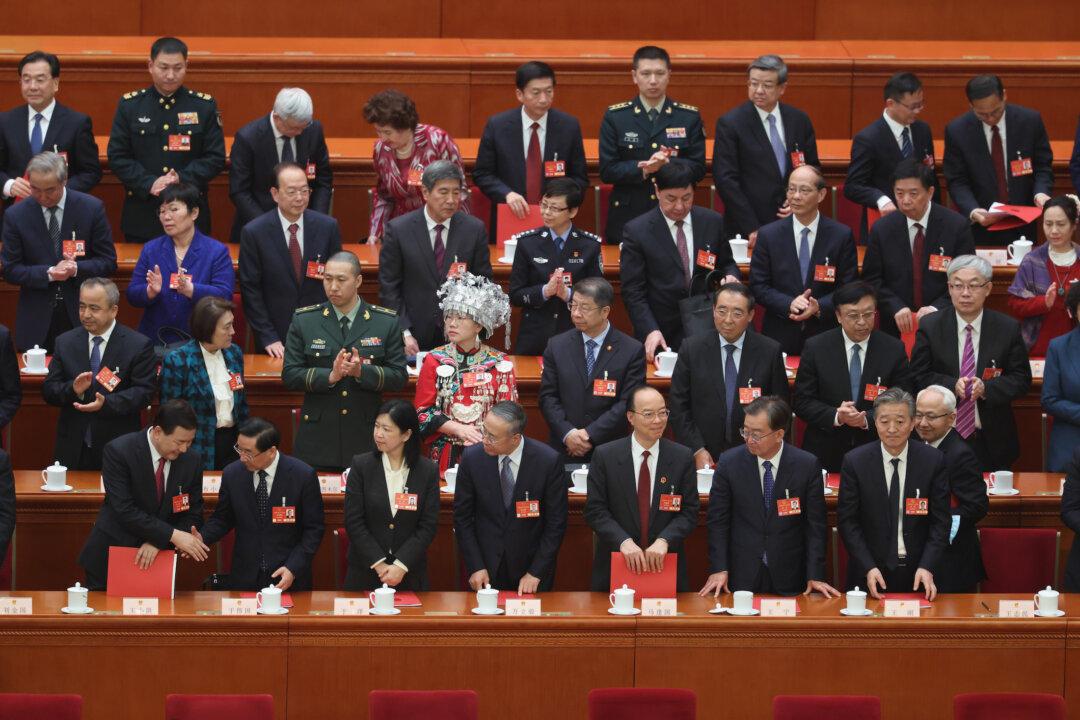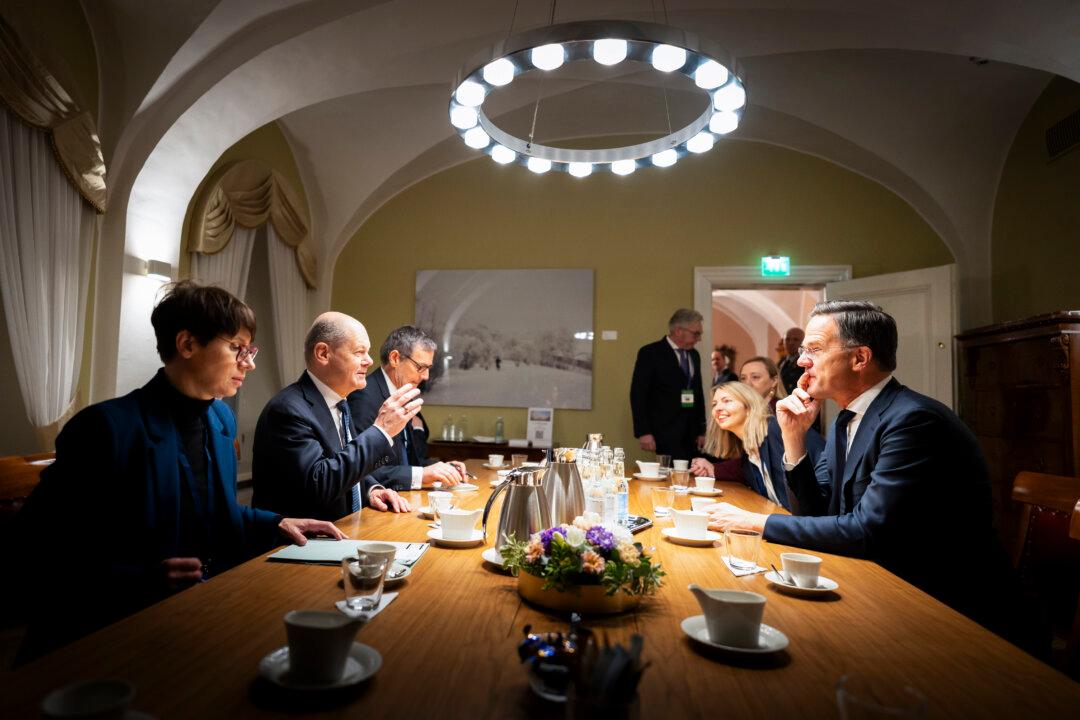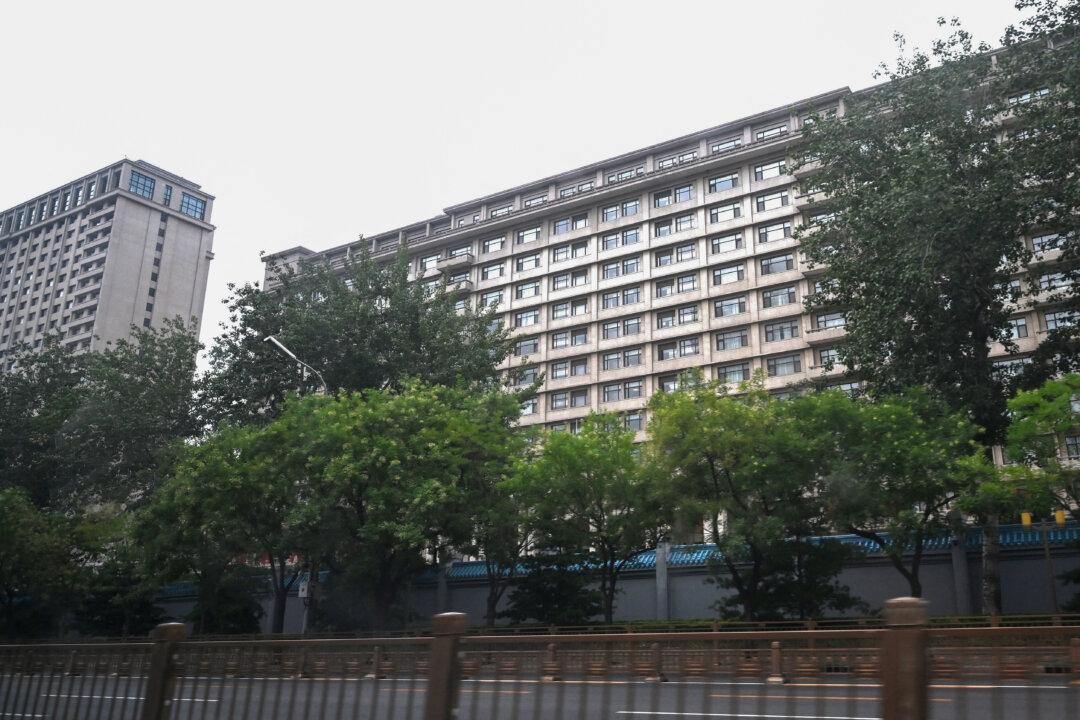As the anniversary of President Richard Nixon’s historic visit to Beijing reaches the half-century mark, it is time to take stock.
China’s state-controlled media unanimously praised the event. The 1972 photograph of Nixon’s deplaning from Air Force One, his wife wearing a symbolically bright red coat, was prominently reproduced in the media. His welcome by Premier Zhou Enlai was described as the “handshake across the Pacific Ocean that symbolized the thawing of relations between the capitalist superpower and the most populous developing country under a Marxist ruling party.”
From the Chinese point of view, praise for “the week that changed the world” was justified: the visit was indeed a triumph for the People’s Republic of China (PRC). Things had gone well for them.
For the United States, much less so. While few of us would object to the prospect of finally recognizing the legitimacy of the government of the most populous nation on Earth, the optics were all wrong. Appearances—particularly in a country as concerned with face as China—are important, and Nixon’s trip to Beijing sent precisely the wrong message.
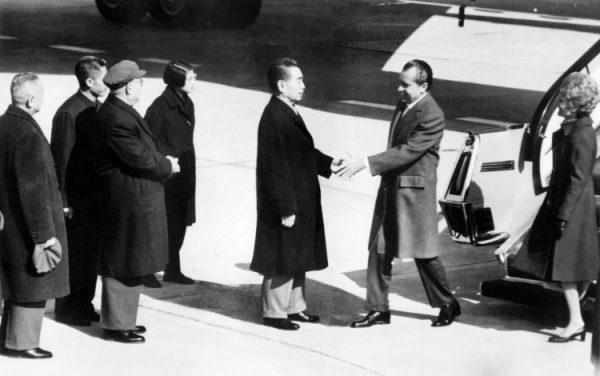
With China at the time the far weaker nation, the Chinese leader should have gone to Washington, not vice-versa. The question of who should have been visiting whom aside, Nixon, as head of state, should have been met at the airport by his counterpart Mao Zedong, not the premier.
Discussion of a Sino-American alliance against the common threat of a menacing Soviet Union was also built on faulty premises. China was far more likely to bear the brunt of an imminent attack by the USSR—indeed, the two seemed on the verge of war after a 1969 border clash. The Chinese military—its high command destroyed by Mao’s disastrous Great Proletarian Cultural Revolution and its troops far better schooled in reciting the words of Chairman Mao than in combat techniques—was scarcely capable of defending the country against a concerted Soviet incursion. In short, China had far more to gain from a partnership than the United States.
Nor did the slights end there. Domestic factors in the United States were allowed to impinge on foreign policy in a way detrimental to America’s standing in the eyes of the Chinese leadership. Constantly under attack by hostile mainstream media and facing what he anticipated would be a difficult reelection campaign, Nixon was hungry for publicity, which his Chinese hosts were pleased to supply.
The whole episode was brilliantly executed by Beijing for maximum propaganda. Television presentations of revolutionary operas and cultural exhibitions were shown in U.S. prime time to eager listeners from New York to Honolulu, alongside a video of the president and his entourage walking along the Great Wall—even including an embarrassing photo of Nixon, the fumbling barbarian, being patiently instructed in the use of chopsticks by Zhou.
The entirety, capped by an audience with Mao himself, was eerily reminiscent of the tribute system of past dynasties, wherein emissaries from vassal states periodically presented themselves at the imperial court, performed the ritual kowtow of obeisance, and received gifts from the celestial empire. So it was when Mao presented the U.S. president with a brace of pandas. All that was lacking was for Nixon to prostrate himself on the floor of the Great Hall of the People and knock his head against it in performance of the ritual kowtow.
The document that emanated from this encounter was as flawed as the circumstances that surrounded the meeting. The Shanghai Communiqué of Feb. 28, 1972, dutifully repeated by diplomats on both sides as the cornerstone of Sino-American relations and treated ever since as the equivalent of the Ten Commandments reputedly delivered to Moses by the hand of God, need not have been written as it was.
The statement that “The United States acknowledges that all Chinese on either side of the Taiwan Strait maintain there is but one China and that Taiwan is a part of China. The United States Government does not challenge that position” has allowed China to artfully twist “does not challenge” into “agreed,” often abetted by hapless American officials out of ignorance or carelessness.
The aftermath of the visit was as sorry as the circumstances that surrounded it. Nixon got the publicity that he wanted, though circumstances were to sully the image in history that he craved. Only four months later, a bungled burglary at the Democratic National Committee headquarters at Watergate and Nixon’s subsequent attempts to cover it up led to his resignation in ignominy, and the word “Watergate” coming to epitomize political crime and corruption such that simply adding “… gate” to the end of a word signifies scandal.
If the damage to Nixon was bad, the consequences for the country were worse. In Washington, administration after administration accepted the Chinese mantra that a prosperous China would be a peaceful China and, therefore, it was incumbent on the United States to hasten the advent of prosperity as soon as possible.
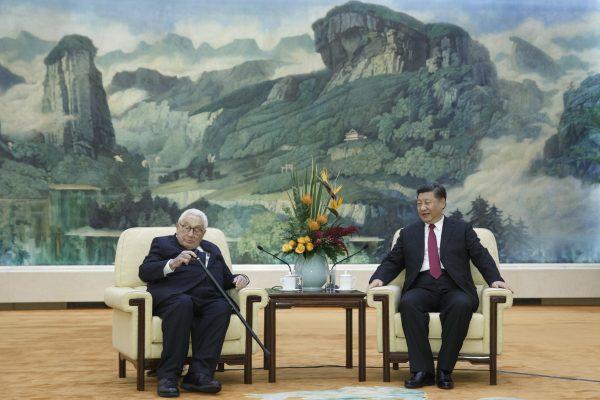
For others than Kissinger, naiveté abounded. For too many, their vision of the future was an updated version of the 19th century white man’s burden in which the United States would introduce the celestials to the advantages of democracy and capitalism on the assumption, and would be rewarded with a grateful and peaceable China.
Even as the trade deficit with China widened and the PRC became less rather than more democratic, the myth of the country as a huge market for American goods persisted, just as the 19th century British were reputed to have said that if every Chinese man would add just an inch to his shirttails, the mills of Lancashire could be kept spinning forever.
One must wonder if there are still mills in Lancashire: in fact, it is hard to find a t-shirt that isn’t made in China, or perhaps in Ethiopia or Bangladesh in a Chinese-owned factory. China has become the workshop of the world, and increasingly as much for high-tech products as in textiles.
